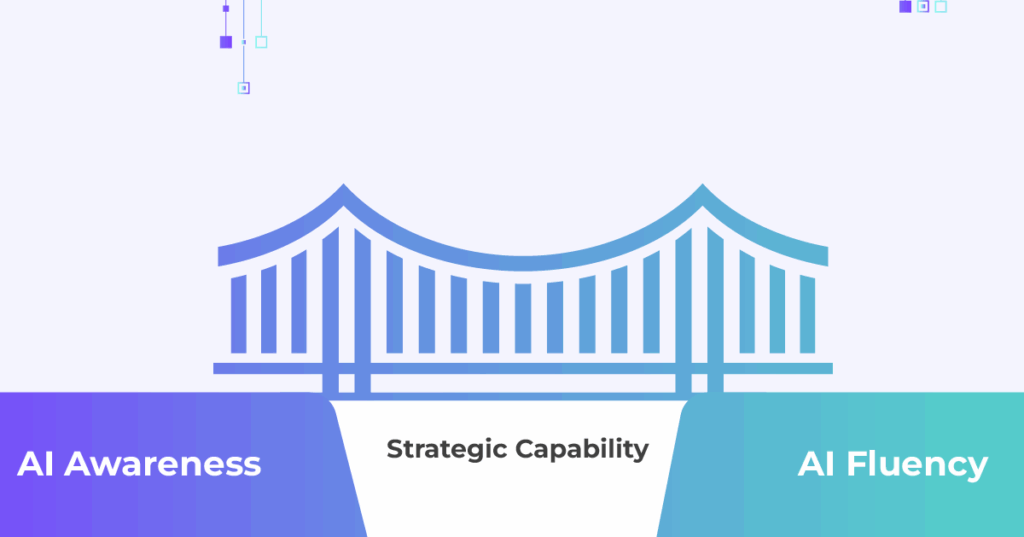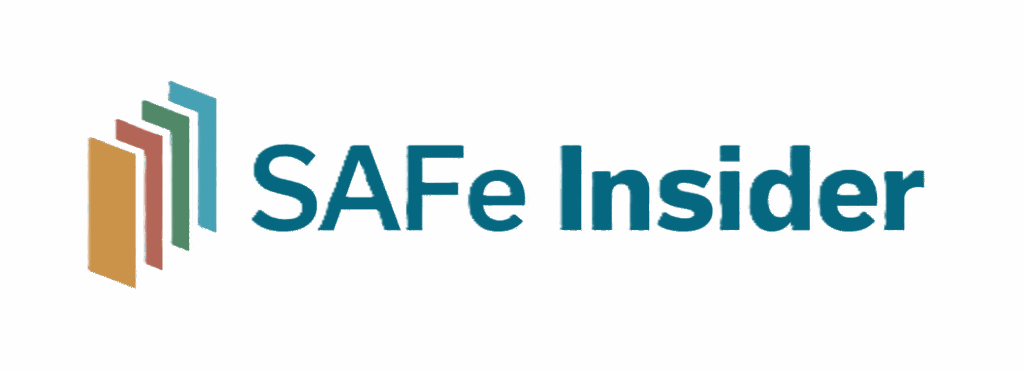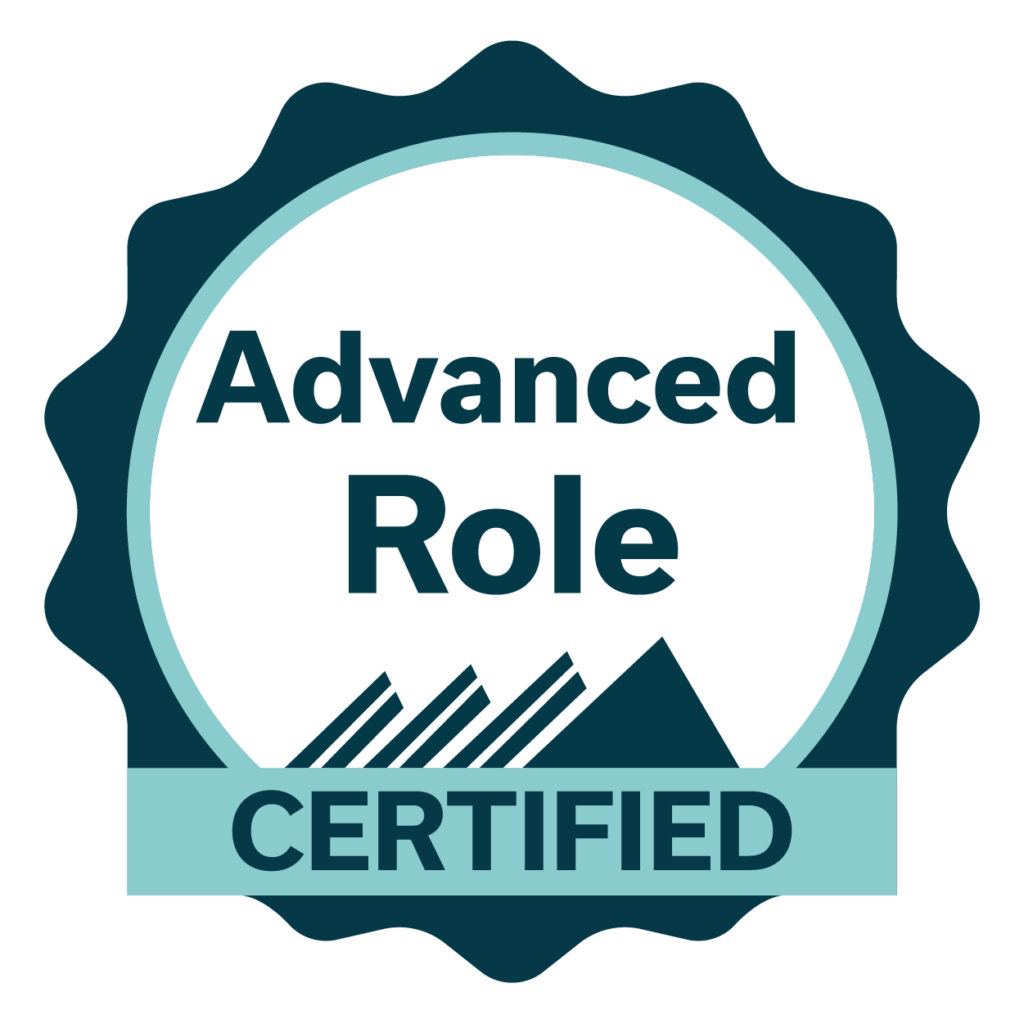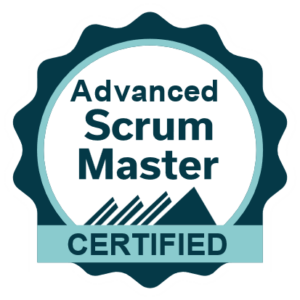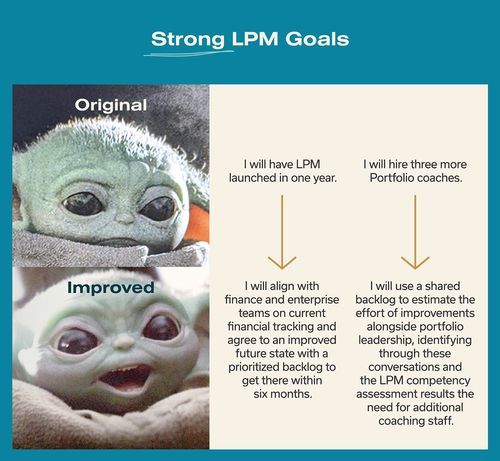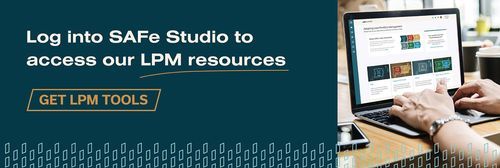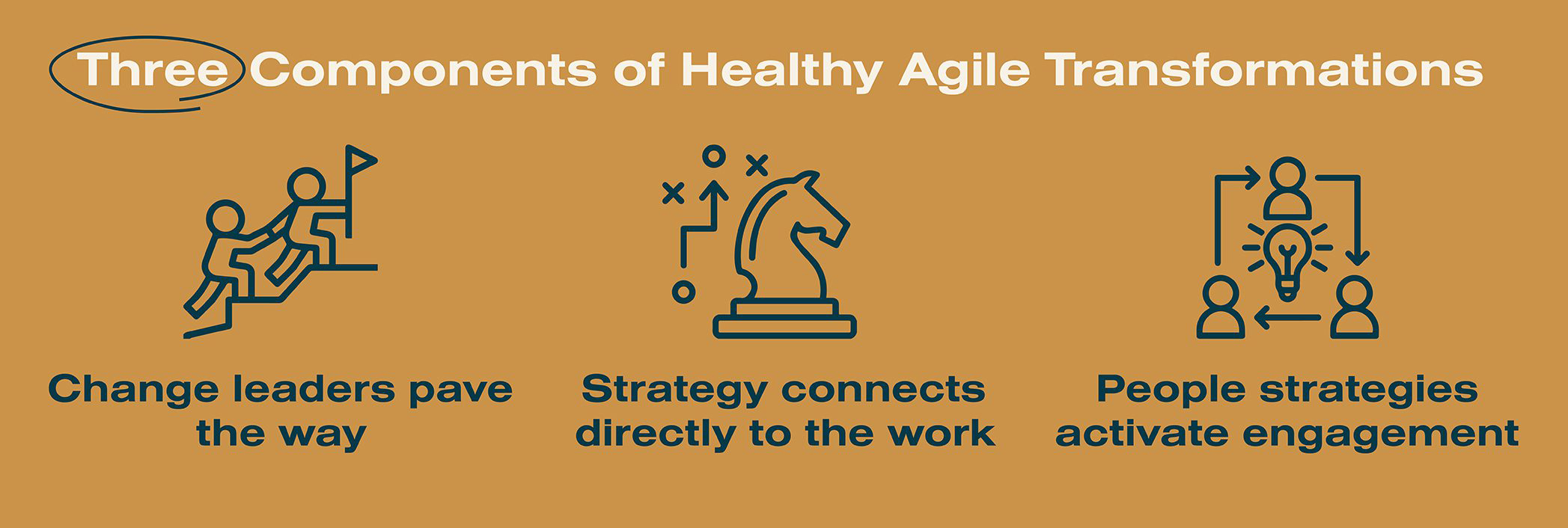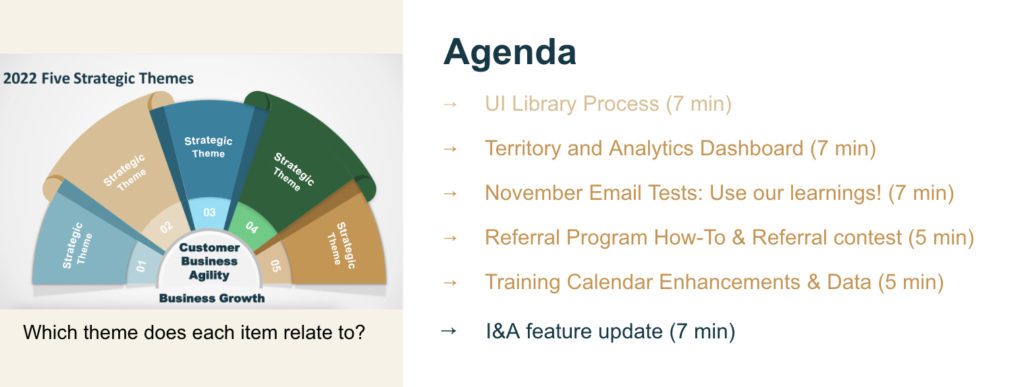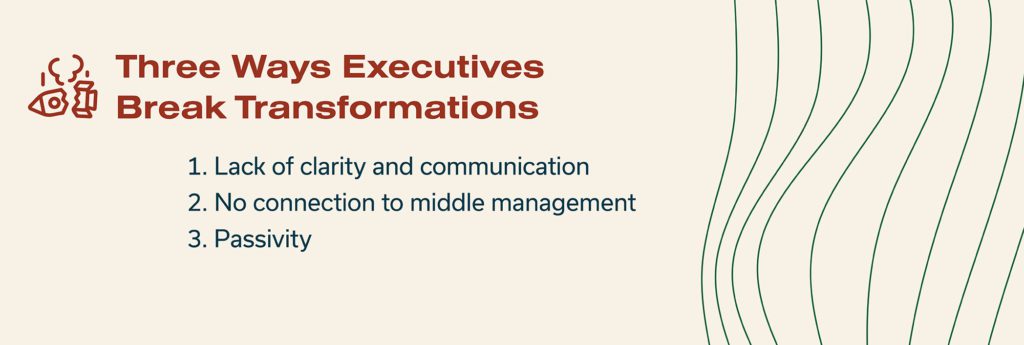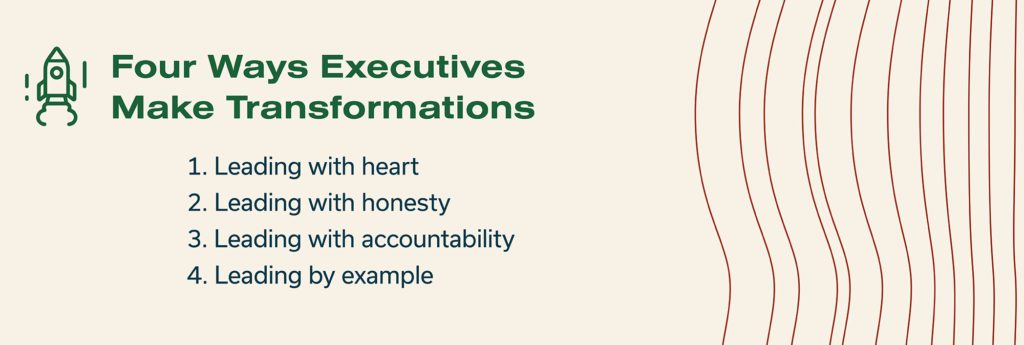Without product development, where would we be? So many problems would go unsolved. So many needs unfulfilled. But constantly creating newer and better solutions is a hard task, and becomes even harder when the desired outcome isn’t clearly defined from the start. Before teams jump into building something new (or incorporating AI as part of the solution), it’s essential to first understand the problem they’re trying to solve and whether the technology will actually help solve it.
This lack of clarity is one reason why 95% of new products introduced each year fail. Take Google’s “Google Glass” project, for instance. It received millions in investment but quickly disappeared from view. Other reasons why this happens are poor market fit, inadequate understanding of customer needs, execution challenges, or high competition.
Creating a new product takes a great deal of time and resources, and with customer expectations constantly rising, how can you continue to innovate with today’s pace and expectations around cost, quality, and sustainability?
That’s where utilizing AI in product development can make a real difference. It involves partnering with this technology to improve the development process and its overall output. With the ability to vastly speed up innovation and accurately identify the best balance between environmental, financial, and performance factors, artificial intelligence allows us to continue bringing better products to market.
But what exactly is AI-driven product development, and what impact is it having on each stage from concept to launch? Let’s explore some of the benefits and challenges of this process and uncover how you can start implementing AI in your product development lifecycle.
What Is AI-Driven Product Development?
AI in product development is a general term, but it refers to any use of AI tools and capabilities within the product development process.
Artificial intelligence enables machines to mimic human intelligence. It learns from input data and analyzes this to recognize patterns and make decisions with minimal human input. When it’s put to use during the product development lifecycle, this can mean faster progress, smarter design choices, highly efficient workflows, and more cost-effective solutions.
In practice, this can involve using AI to support with tasks such as:
- Analyzing market trends and customer feedback to uncover opportunities
- Generating new design concepts
- Predicting material performance
- Optimizing supply chains
When getting started with AI, the most effective approach is to begin with the outcomes you want to achieve. This means first defining your goals, whether it’s speeding up development, improving quality, reducing costs, or enhancing customer satisfaction, and then identifying the processes that currently hinder those goals due to inefficiency, repetitiveness, or errors. Once outcomes are clear, you can prioritize where AI will have the greatest impact, focusing on initiatives that directly advance your objectives.
Types of AI Used in Product Development
There are several different types of AI, and multiple forms play a part in improving how products are designed and created.
Machine Learning (ML)
ML helps systems learn from large datasets to predict outcomes or identify trends, and improve decision-making over time. In product design and development, ML can forecast demand, optimize parameters, or detect flaws early in production.
Natural Language Processing (NLP)
As the name suggests, this form of AI is able to understand and interpret human language. It’s used to analyze customer feedback and monitor sentiment, or even generate naturally written product descriptions.
Generative AI
GenAI uses data and algorithms to create new content or designs. Of course, this can be incredibly useful in development as it can quickly produce design variations, or inspire creative product concepts.
Predictive Analytics
An important aspect of new product development is foreseeing what’s to come. With predictive analytics, you can combine data and statistical modeling to anticipate future outcomes (like material behavior, market shifts, or maintenance needs), helping teams make proactive decisions.
Discover more types of AI in our comprehensive Introduction to Artificial Intelligence (AI)
Why Is AI in Product Development Important?
Product development is beginning to get a lot more challenging. Companies are grappling with undeniable obstacles that slow development down and reduce its quality, despite its importance.
Understanding and anticipating market demand is one of the greatest trials. Failing to uncover what consumers want, when they want it, or missing a competitive threat, leads to missed opportunities and dire financial ramifications.
And there’s increasing pressure to get designs to market faster and faster. This causes a struggle to balance speed with thoroughness, leading to inadequate quality or significant delays due to necessary rework.
Unfortunately, these issues have wide-reaching consequences. When resources are already scarce, they end up being wasted and investor scrutiny increases. Revenue and market share can also decrease as competitors move in.
It sounds catastrophic, but nothing a little AI can’t help with. This powerful tech is changing the product development market. It enables a more data driven approach to product development that, in short, helps create better innovations more efficiently.
How AI is Changing the Product Development Lifecycle at Every Stage
AI isn’t just tweaking the product development lifecycle; it’s fundamentally changing it. These tech tools are being integrated into every phase of the process, from initial idea generation to design, testing, and launch.
Here’s a glimpse into how artificial intelligence can be used to improve the creation of new products, every step of the way.
Research
The first stage in developing any product is to come up with the idea. What is it that needs to be created?
The problem is that coming up with a good concept takes a lot of time and effort. It needs to be based on what people currently need or desire. How do you know what this is?
Research. A lot of it.
AI tools help speed up this stage and ensure you’re leading with factual data rather than intuition. For instance, ML algorithms can sift through large datasets, such as user behaviour on social media platforms, while data analytics systems identify customer pain points or preferences that could be turned into a viable new product.
Ideation
You know what impact your new product needs to have, now how will it do this? This is the question that the ideation stage of product development aims to solve. AI excels in this area. At this point, it’s almost second nature for us to turn to ChatGPT or another AI engine for inspiration on anything. And product development is no different.
AI-powered text and image generators can create detailed mockups for stakeholders to review in moments, whereas this process takes hours (at least)when done manually.
Naturally, your next thought is “AI is taking over designers’ jobs!” But the past few years has shown that this process can be more of a partnership than a robot takeover. AI improves and speeds up creativity by supporting the more tedious, repetitive tasks involved in ideation.
Design
Once you’ve got a strong concept, AI can help transform this into a physical prototype faster than manually possible. Generative design tools and AI-enhanced CAD systems can automatically produce and test thousands of variants, allowing you to quickly assess how different variables (such as materials, weight, or cost) impact the results. Essentially, you can explore many more options to discover the best one in a fraction of the time.
What’s more, AI can simulate real-world conditions, allowing you to predict how your design will perform under various stresses like temperature and motion. This allows you to identify weaknesses and avoid costly remakes.
Build
The next phase is bringing your product to life in a more tangible form. AI technologies accelerate this by automating repetitive assembly tasks and monitoring workflows for potential errors. Machine learning predicts issues such as part mismatches or system inefficiencies, and automation AI can automate setup processes and quality checks, reducing hours of manual work for product teams. Predictive analytics also anticipates performance problems, allowing corrections before launch. By integrating these AI capabilities, your teams can produce accurate, functional builds faster and minimize errors.
Launch
Putting your new product out there on the market can be nerve-racking, but AI allows you to do this with confidence. Machine learning algorithms monitor early customer interactions and user feedback to quickly identify any issues or anomalies. They’re helped by NLP, which summarizes consumer sentiment and can detect emerging trends.
With this constant flow of up-to-date information, you can make quick, informed decisions to improve your product, from minor updates to new features. Essentially, AI links insights directly back to the product development pipeline to help you maintain a competitive edge.
What are the Benefits of Using AI in the Product Development Process?
We’ve touched upon the increased speed and accuracy of incorporating AI in product development cycles, but what other benefits does this bring?
Higher Product Quality
Using AI tools to continuously validate quality through the development lifecycle results in a better product overall. With its capabilities to detect issues early, simulate and test prototypes, standardize builds, and drive decisions based on data, AI helps avoid errors and guarantee high standards.
Faster Time to Market
Perhaps AI’s most impactful advantage is its ability to vastly speed up repetitive manual processes during each phase of product development. From giving instant analysis of large datasets to creating multiple design iterations in moments, arduous tasks are now almost immediate. The result? Teams can brainstorm, build more products, and launch them more efficiently than ever.
Increased Sustainability
AI helps improve sustainability in product development in a few ways.
Firstly, it can reduce waste by providing data-driven insights on how to use resources in the optimal way.
Furthermore, predictive AI models can give an accurate assessment of how your new product will impact the environment and suggest ways you can change the design to improve this. For example, you can easily analyze various material options to find the best balance between performance and sustainability.
Better Decision-making
Creating a new product largely revolves around responding to consumer sentiment and feedback. But this can be a hard thing to accurately measure. AI solves this problem by turning information into data-led insights. Real-time dashboards give a detailed view of key metrics, allowing you to make development decisions based on fact, not intuition.
Reduced Costs
AI streamlines the development process and reduces errors, and this, in turn, helps to cut costs. ML tools can predict design flaws and therefore prevent expensive rework and wasted materials. Replacing physical trials with accurate digital models also lowers prototype and testing fees, while predictive analytics prevents costly overproduction and delays. Together these optimizations add up to significant financial savings.
Explore more benefits of Building an AI Organization Competency
Getting Started: How to Use AI in Product Development Processes
All good things take time, and this is true of successfully adopting artificial intelligence into your product development lifecycles. It doesn’t happen overnight. Rather, it takes strategy and structure, like the steps below:
1. Understand Your Starting Point
Step one is to take a look at what you’re currently doing and ask what exactly needs improving. Are there areas that you’re struggling to maintain manually, for instance? This will help you prioritize adding AI where it’s really needed, not randomly adding tools where they may have no clear benefit.
2. Prioritize Where AI Fits Best
Introducing AI will be most advantageous if it aligns with your overarching company objectives. So, find use cases that help you reach your bigger goals. This could mean:
- Lowering costs by automating processes
- Improving product quality by testing in real time
- Making things more environmentally friendly by cutting down on waste
- Increasing user satisfaction by using AI to analyze feedback
3. Select the Right AI Tools and Technologies
You know what you want your AI to achieve. Now it’s time to select the right tools to support those goals and fit well with your existing systems.
There are so many AI platforms available, so it’s important to select the most compatible. Which are able to scale alongside your growth, and which have the right level of usability for your employees? Your solutions should also integrate seamlessly with your current infrastructure to avoid disruptions.
4. Build a Team With the Right Skills
AI is only as powerful as the people behind it. Focus on building a team that combines technical expertise with product knowledge. Data specialists and engineers can manage AI tools, while designers and managers interpret insights to drive innovation. Encourage continuous learning and cross-team collaboration, and consider strengthening skills in areas like product ownership and management, to ensure AI becomes an integrated, effective part of your product development process.
5. Measure ROI of Your AI Investments
The final step is to ensure that your AI investments are delivering the results you want. Tracking metrics that reflect the goals you set out in stage 1—such as reduced time-to-market, cost savings, design performance, or customer satisfaction rates—will allow you to measure the success of AI implementation. These figures help you see how to refine your strategy and further maximize the impact of AI across the product development process.
The Future of AI in Product Development
AI is a fast-evolving technology. As its capabilities advance, the way it’s used in product development will also have to change quickly to reflect this progress. There are so many opportunities for positive impacts here, but it could also present some challenges and ethical implications that should be handled with care.
What are the biggest trends in AI that are likely to affect its use in product development moving forward?
Balancing Automation With Manual Input
As AI becomes able to handle more and more of the development process, it begs the question: How do we find the right balance between automation and human input? You’ll want to reap the benefits of technology increasing efficiency and quality, but a human touch is arguably still necessary for true creativity and an empathetic approach to design.
Fears that AI will replace creative roles are understandable, but perhaps unnecessary. The future of product development will likely depend on finding harmony between the two, with technology becoming more of a partner. This can allow more time for human innovation while more data-reliant, repetitive tasks are automated. Achieving the right balance will make the development process more creative and adaptive than ever before.
Integration Across Every Stage
You’ve seen how AI tools benefit each stage of the product development lifecycle, but up until now this has been in an isolated, disconnected way. Organizations often start by applying AI in specific areas, such as research, design, or quality control, without a holistic strategy. We’re now starting to see a more integrated approach, however, where AI input can be connected across the entire process from research and design to manufacturing and launch.
Data collected in one stage will seamlessly feed into the next, allowing insights from one part of the process to drive instant improvements in the next. Over time, this creates the foundation for an AI-native approach, where AI isn’t just a tool in select areas, but a pervasive capability embedded across your organization.
Imagine using post-launch performance and customer feedback data to automatically refine ongoing product iterations. This continuous flow of information will further transform product development into a fully connected, intelligent ecosystem honed for speed, efficiency, and competitive innovation.
Agentic AI and Co-Creation
New AI tools with increasingly advanced capabilities are emerging all the time. Take generative AI, for example; It’s transforming how products are imagined and designed by turning abstract thoughts into concrete prototypes or models in moments.
But now there’s a new AI system on the block: Agentic AI. AI agents go one step further than GenAI by acting with minimal human input to carry out complex, multi-step tasks.
Soon, humans and AI will work together more closely as a result of these technologies. Intelligent models can act alongside designers, making suggestions and refinements in real time or even coordinating between different departments.
Ethical Issues
AI is being integrated more and more into business tools every day, but this coincides with rising fears over its use. To quell these doubts, we must ensure we’re developing AI with the following ethical considerations in mind:
- Transparency and explainability: As humans, we can always explain the logic behind our decisions. But can AI tools do the same? Ensuring there’s always a logged process behind every output is essential for trust and accountability
- Intellectual property and ownership: As AI’s involvement in the product development process increases, it begs important questions such as who owns the designs—the developer, the company, or the AI’s creator? Can an innovation be attributed to artificial intelligence, and should it?
- Bias and fairness in design: The quality of AI models’ training is imperative as it can greatly impact their outputs. For instance, any societal biases in training data could emerge later in designs that don’t serve all users equally. As a result, monitoring and security must remain a top priority.
We must ensure that ethical guardrails are built into AI tools and frameworks from the very start to ensure these tools are used responsibly.
How AI Native by Scaled Agile Supports Integrating AI into Product Development
Ignite your AI fluency and confidence, turning the technology’s potential into real-world business results, with Scaled Agile’s AI Native courses.
- AI-Native Foundation Course: A 2-day in-person immersive training designed for all professionals. This course equips you to confidently navigate change and unlock greater ROI from responsible AI use—both new or existing
- AI-Native Change Agent Course: A 3-day, project-based experience guiding a real AI initiative from opportunity to production. Learn to avoid common AI pitfalls and generate measurable business impact using the technology.
For over a decade, SAFe® has been the world’s most trusted system for business agility. Now, we’re expanding our renowned training to help you use artificial intelligence to its full advantage.
Scaled Agile’s courses are grounded in business outcomes, not just tools and techniques. They focus on the real-world challenges you want to solve and the value you want to create, allowing whole teams to become truly AI native.



